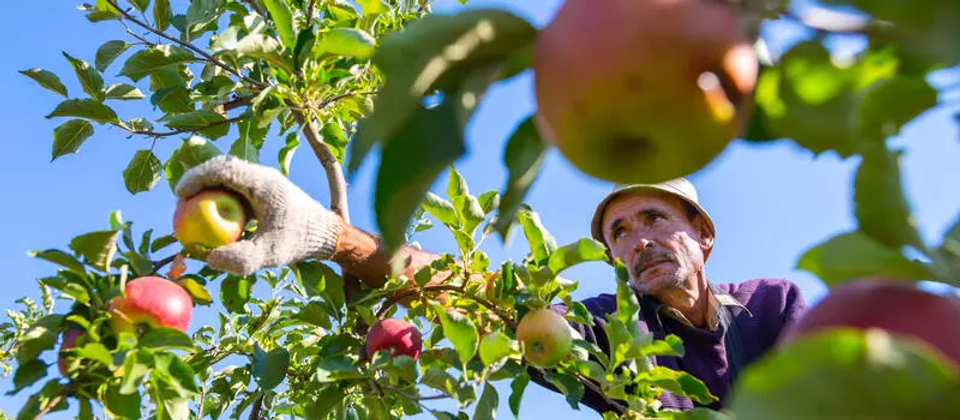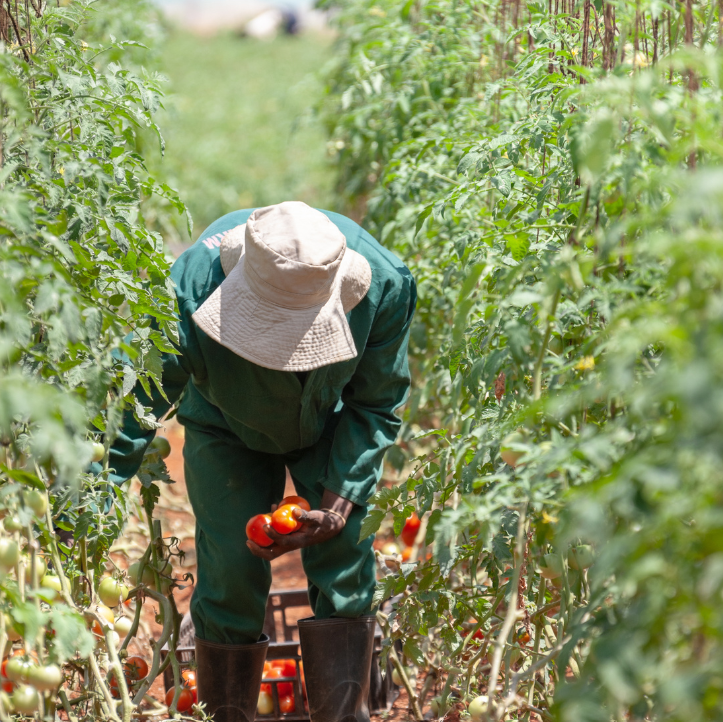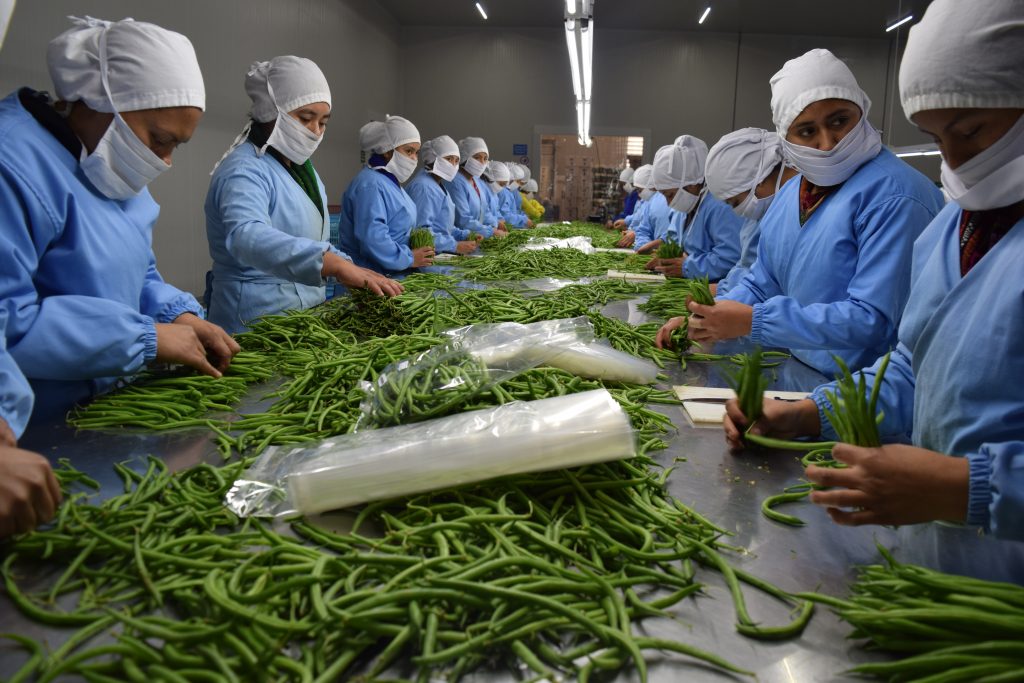
Photo credits: FEWS NET
The realities of the ongoing war in Ukraine are ever-present for the 11 million people currently displaced by the conflict. In the coming months and, potentially, years, the international community will continue to experience the lingering effects of the crisis, as disruptions to the global food supply chain and price shocks exacerbate existing problems brought on by the COVID-19 pandemic, heightened levels of inflation and climate change, among other things.
In its latest targeted analysis of the Ukraine crisis, the Famine Early Warning Systems Network (FEWS NET) assessed how the conflict may further contribute to food insecurity in already vulnerable countries.
“In countries monitored by FEWS NET, we already have numerous declarations of Integrated Phase Classification (IPC) levels of 3 or higher. Whether these areas are being negatively impacted by prolonged seasons of drought, the effects of climate change or ongoing conflicts, the situations are already serious enough that we have started to ring the alarm bells,” FEWS NET team leader, Kiersten Johnson, said. “Knowing that these vulnerable countries are already experiencing concerning levels of food insecurity, and that the war in Ukraine is already adversely impacting the global food supply, there is substantial reason for concern.”
In this latest report, FEWS NET analysts explained how the ongoing war in Ukraine has disrupted exports from some of the world’s most important suppliers of food, fuel and fertilizer in the Black Sea region. While the region is typically responsible for exporting 75% of the world’s sunflower oil, 30% of the world’s wheat and 20% of the world’s maize, since the invasion, the disruption of Black Sea ship traffic has effectively halted these exports. The Ukrainian government reported on March 30, 2022, that more than 90 civilian ships carrying food for the world market remained blocked in the Black Sea region, and tens of millions of tons of Ukrainian agricultural products intended for export remained in Ukraine.
“The issue… is the decision of how to export grain from Ukraine now,” Ukrainian minister of agriculture, Mykola Solsky, said in an Economica Pravda interview. “We have 20 million tons of grain in warehouses since last year, and conditionally, 30 million tons of new harvest that will need to be exported. How many years will it need to be exported then?”
In the near future, several countries in the Middle East, North Africa and Asia regions (including Lebanon, Tunisia, Libya, Pakistan and Indonesia), which have a high dependence on Ukrainian wheat, will likely need to source grain from other countries at higher prices. According to the World Bank, near-term supply shortages of wheat are possible in some developing countries, including Gambia, Lebanon, Moldova, Djibouti, Libya, Tunisia and Pakistan.
“Global markets are going to be severely affected by the absence or decline of Ukrainian wheat and other staple food items from the region. We are already seeing price shocks as a result of this, and it is expected that elevated prices will remain an issue for the foreseeable future,” Johnson said. “Higher import prices typically translate to higher purchasing prices, which can be a hard blow for people across the world who have already been dealing with elevated food prices and heightened levels of inflation since the onset of the COVID-19 pandemic.”
The latest Food and Agriculture Organization (FAO) Food Price Index (FFPI), which measures the monthly change in international prices of a basket of food commodities, averaged 159.3 points for March 2022, shattering the record as the highest level the index has ever reached. The FAO Cereal Price Index also marked its highest level on record in March, jumping 17.1% from recorded levels in February, largely as a result of conflict-related disruptions to agricultural productivity.
“It is clear that the war has resulted in a massive, and deteriorating, food security challenge and disrupted livelihoods during the agricultural growing season in Ukraine and has also affected global food security,” according to the FAO.
The conflict in Ukraine is also driving up prices of energy and agricultural inputs like fertilizer, which will have short- and long-term impacts on the global food system. Higher prices of inputs will first translate into higher agricultural production costs and, eventually, into even higher food prices as the increased costs are pushed onwards to consumers.
“Even if the war ends tomorrow, the wave of high prices in the world will continue for another 3-5 years,” Solsky told Economica Pravda.
While the impacts of elevated food prices will be felt universally, in developing countries that cannot afford to source imports from alternative, higher-priced markets, the outcomes are expected to be much more severe.
“Low income and developing countries won’t be able to keep up with the escalating prices of staple food items, and governments will need to reassess how to fill those gaps either by using alternative trade and import mechanisms or by relying on internal reserves, which isn’t always possible, especially in areas that are already experiencing considerable levels of food insecurity,” Johnson said. “When staple food items become increasingly more difficult and expensive to obtain, the outcome will be increased gaps in food consumption for the world’s poorest and most vulnerable populations.”
Among FEWS NET-monitored countries, concerns over Ukraine-related impacts to food security are currently highest for Ethiopia, Sudan and Somalia in East Africa; Nigeria and Burkina Faso in West Africa; Madagascar and Zimbabwe in Southern Africa; Nicaragua in Central America; Yemen; and Afghanistan.
In its latest Food Assistance Outlook Brief (FAOB) with projected food assistance needs for October 2022, FEWS NET projected IPC level 4 (emergency) outcomes for Ethiopia, Nigeria, Somalia, Kenya, Madagascar and Burkina Faso. The following are excerpts from FEWS NET’s targeted analysis of the Ukraine conflict regarding food security implications for these countries:
-
In Ethiopia, amid the shocks of conflict and drought, households are already vulnerable to price spikes, and rising fertilizer, fuel and food prices will lead to further declines in purchasing power. Increased agricultural costs are likely to be felt most on large-scale farms. With the increased cost of imported raw materials and if Russia is no longer a viable export partner, labor demand is likely to decrease in urban areas. Lastly, given increased competition for scarce humanitarian resources, the ability to respond to the record-level assistance needs is in question.
-
In Nigeria, high international oil prices will increase foreign reserves and will also drive increased transportation costs and staple food prices. High fertilizer prices could affect yields in the next primary agricultural season starting in June, reducing overall food production. Households in northern parts of the country are already heavily reliant on markets for food with limited income; further price increases will only decrease purchasing power.
-
In Somalia, drought and conflict have already led to domestic cereal shortages. Imported food prices — such as rice, wheat flour and vegetable oil — are also high and above average due to shifting demand, global supply-side constraints and high fuel and shipping costs. As a result, the population is highly vulnerable to additional price shocks. Wheat flour consumption rivals rice in terms of importance to pastoral and urban households, and Somalia primarily sources wheat either directly from Russia and Ukraine or indirectly through Turkey, Egypt and the United Arab Emirates.
-
In Kenya, wheat imports will likely decline, driving up the price of substitute cereals. The loss of some export markets for coffee, tea and cut flowers is expected to negatively affect export earnings. Increased fuel prices will drive up transportation and food prices.
-
In Madagascar, international price spikes for petrol, diesel, fertilizer and food are expected to negatively affect food security outcomes, especially with the prospect of a below-average harvest in 2022 and continued reliance on humanitarian food assistance and grain imports.
-
In Burkina Faso, the population depends, in part, on imported food from Russia (accounting for about 20% of its wheat) and from coastal West African countries that re-export wheat from Russia or Ukraine. Higher staple food prices will come on top of already record-high local prices, further reducing purchasing power.
This article was originally published by AgriLinks.

